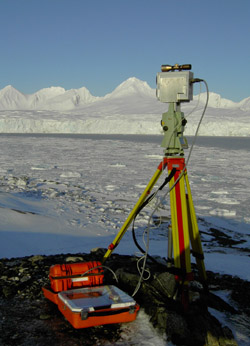Measuring changes to Europe's glaciers
Precise measurement of Europe's glaciers is possible thanks to the advanced observation technology developed by the EU-funded project 'Interferometric evaluation of glacier rheology and alterations' (Integral). The project employed satellite interferometry and altimetry to analyse changes to glaciers. Project partners designed an enhanced algorithm and program tools for processing and combining INSAR data with altimetry data for updating models of glacier movement and mass balance. This detailed information, which included data regarding glacier elevation changes and the movement of ice, was applied to computer models. Operational users of synthetic aperture radar (SAR) were also familiarised with new interferometry technology. Data from Integral have been used to study glacier activity and assess the state of land-ice resources in response to climate change. A series of interferometric 'snapshots' were taken showing ice-surface velocity structure, glacier strain rate and changes to the glacier's mass balance and runoff. These results were checked on the ground by field surveys carried out in several European arctic and alpine test areas. Results from the Integral project will give scientists and policy-makers a clearer picture of the effect of climate change on the Europe's glaciers and enable the best course of action to be taken.







